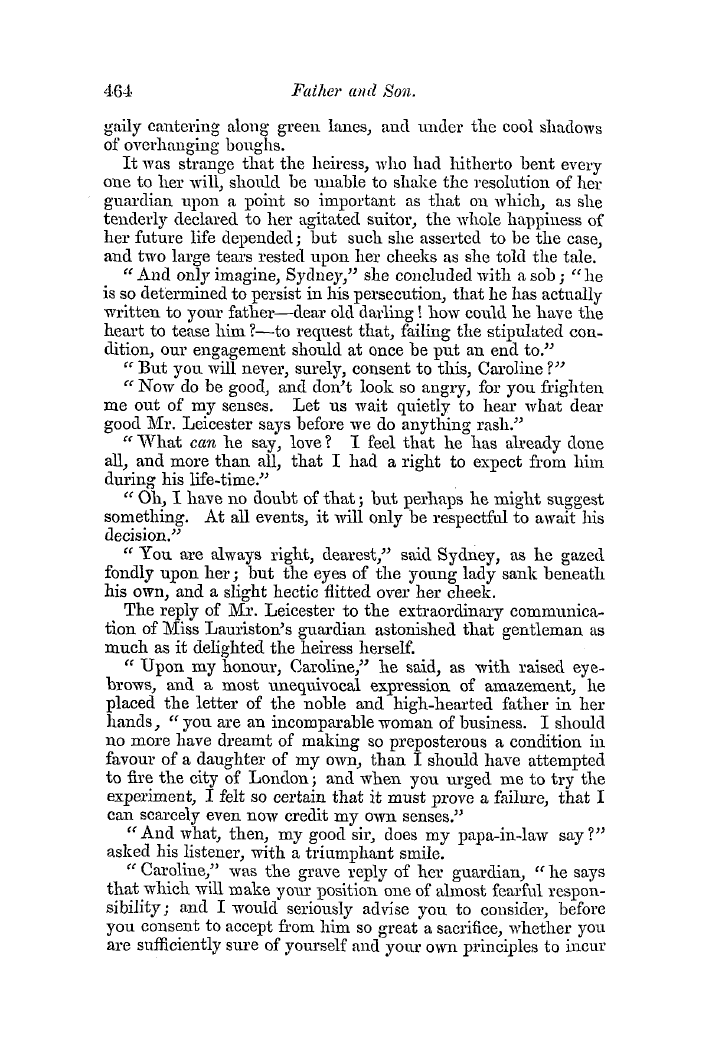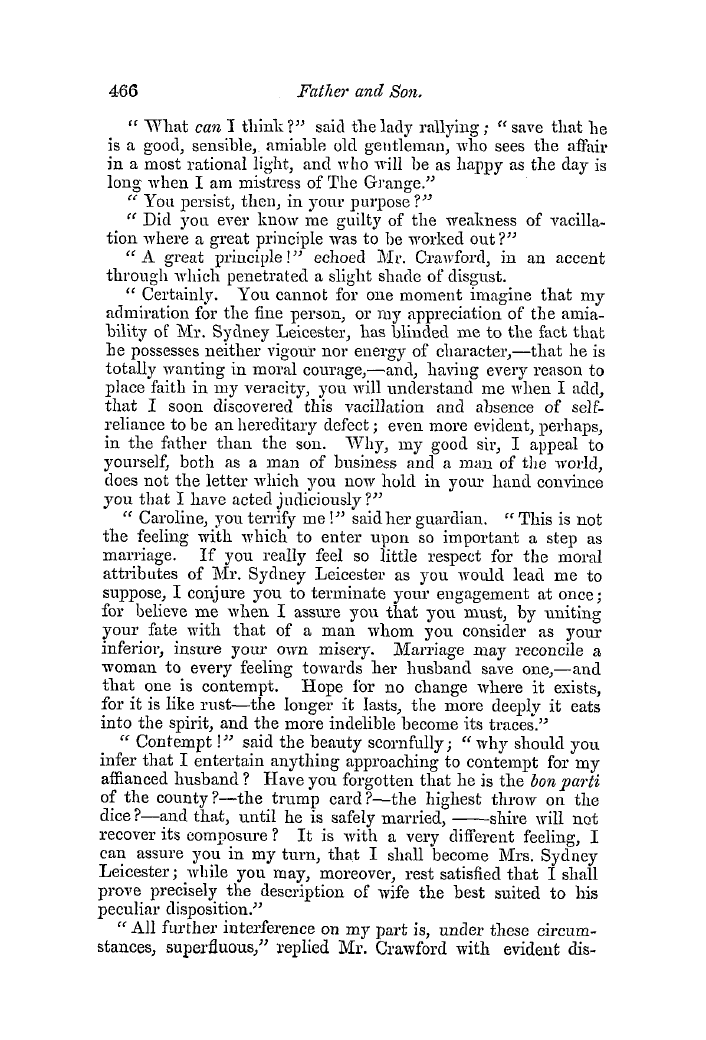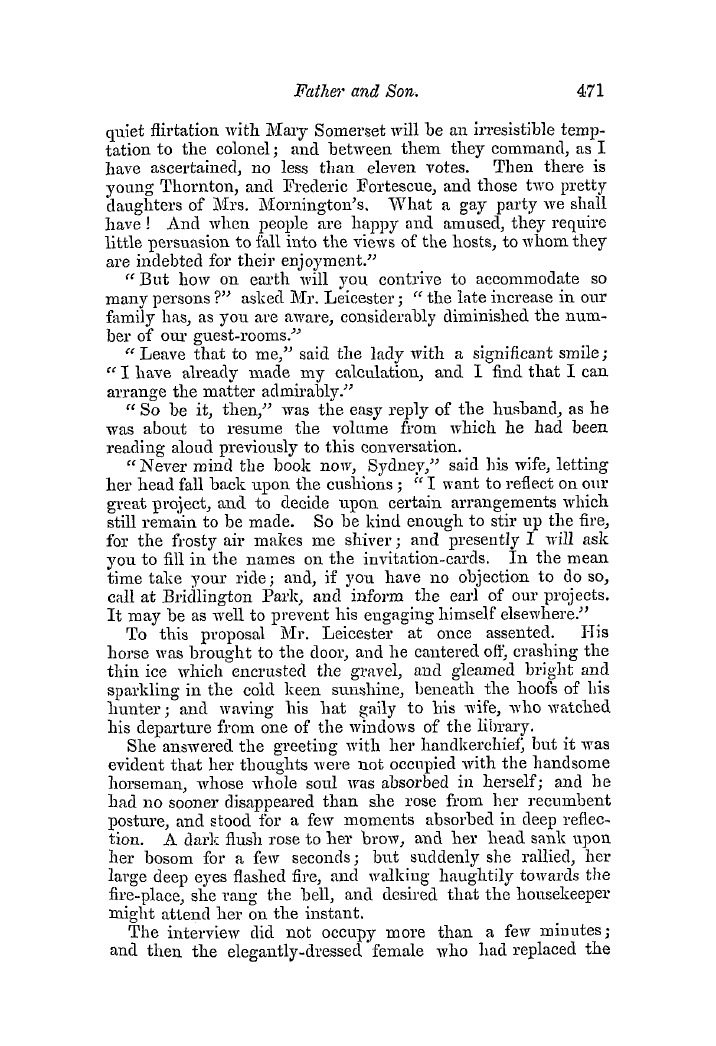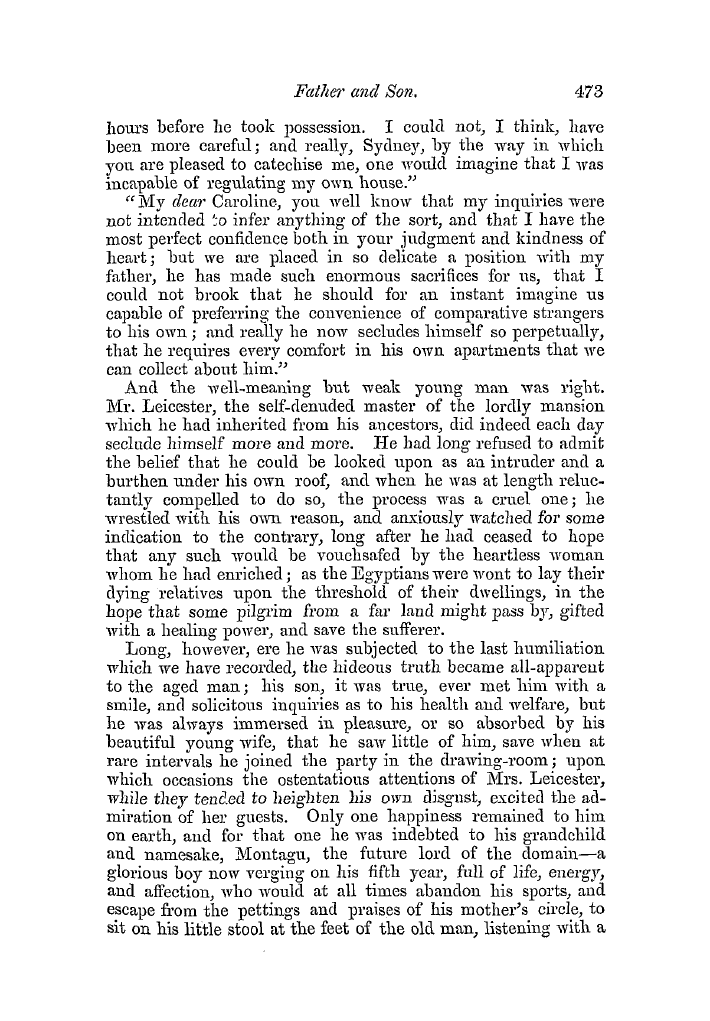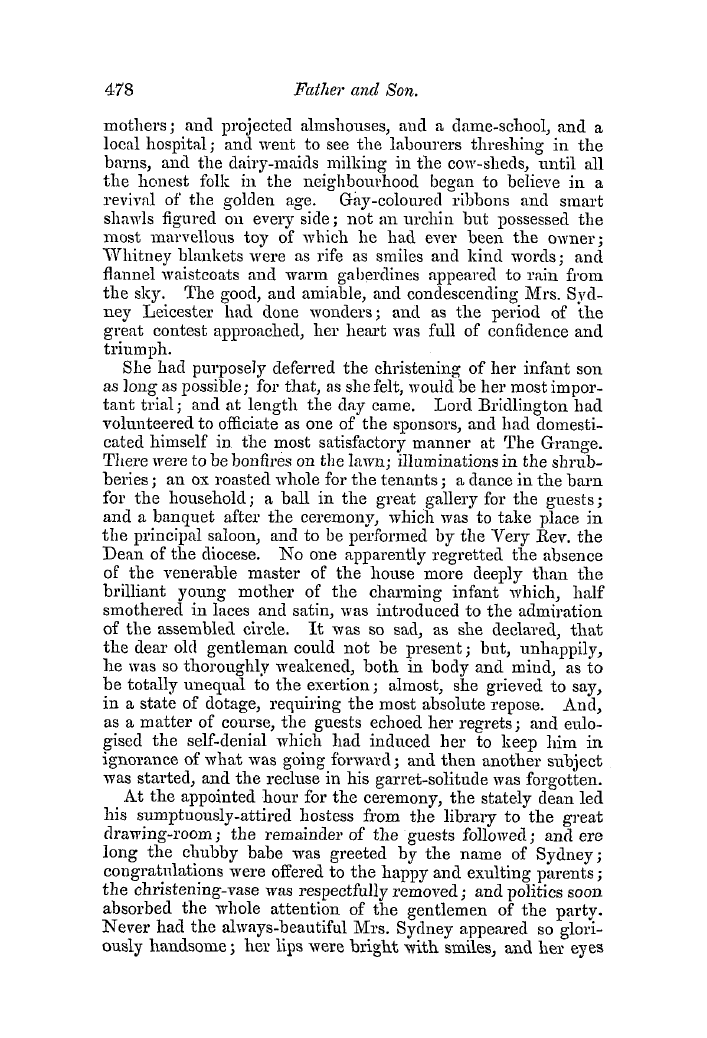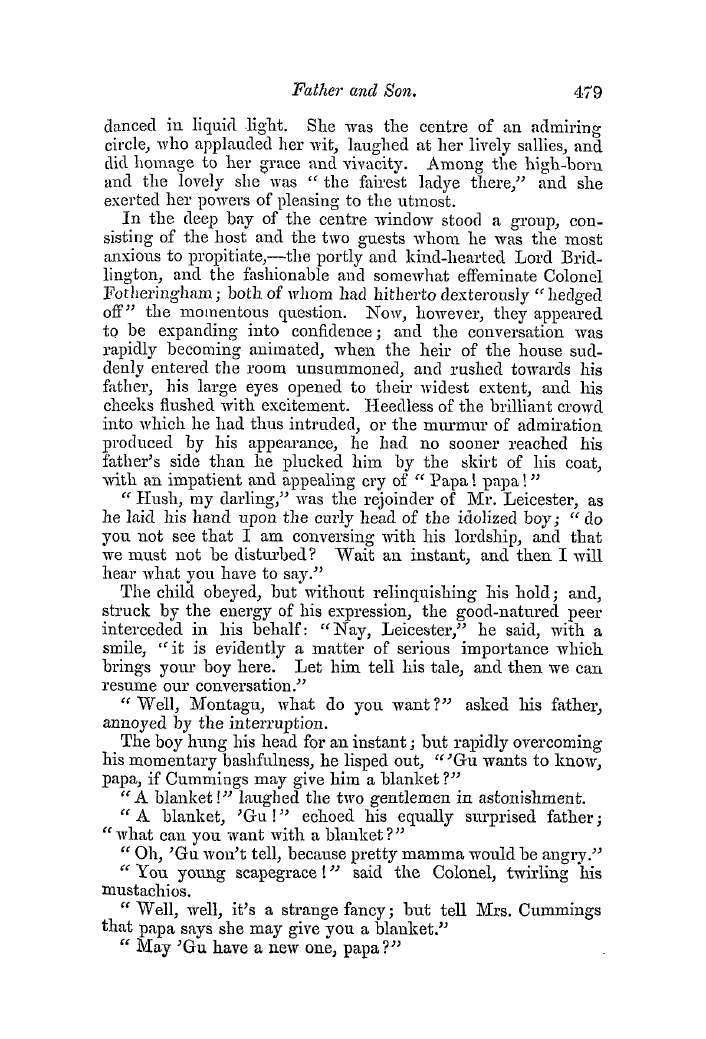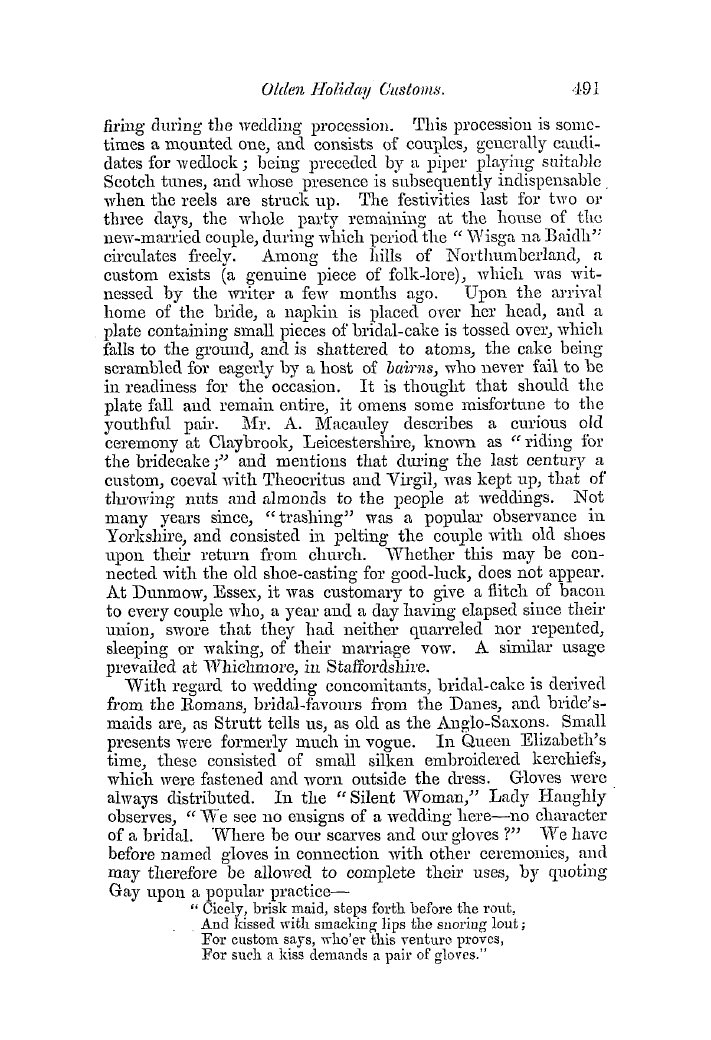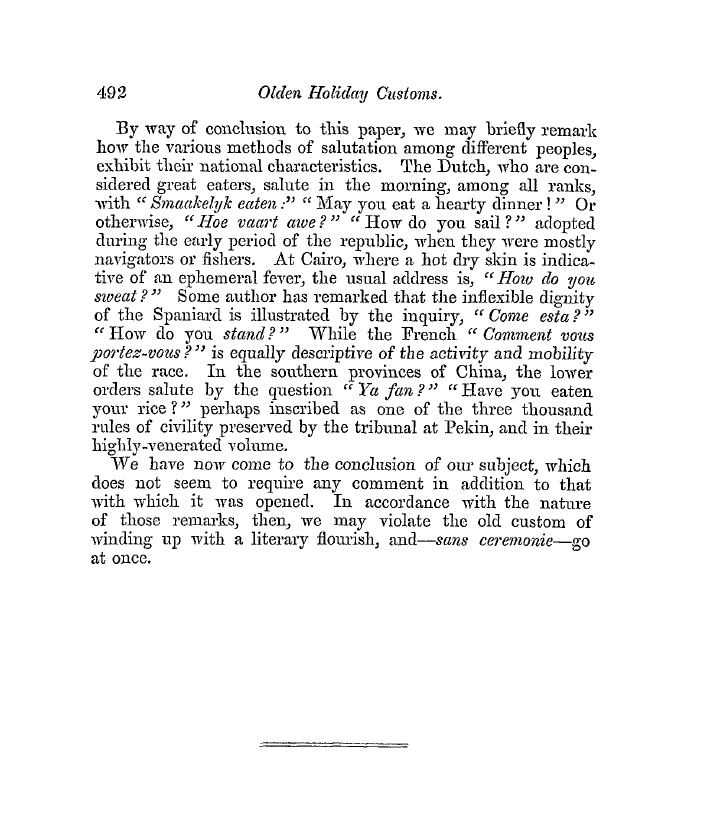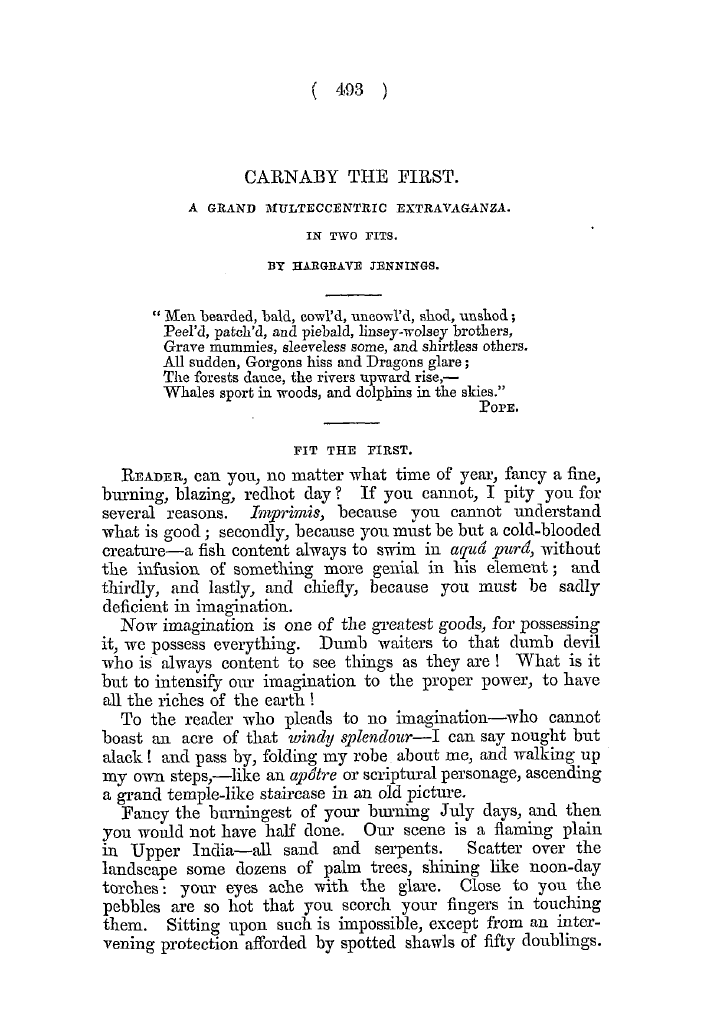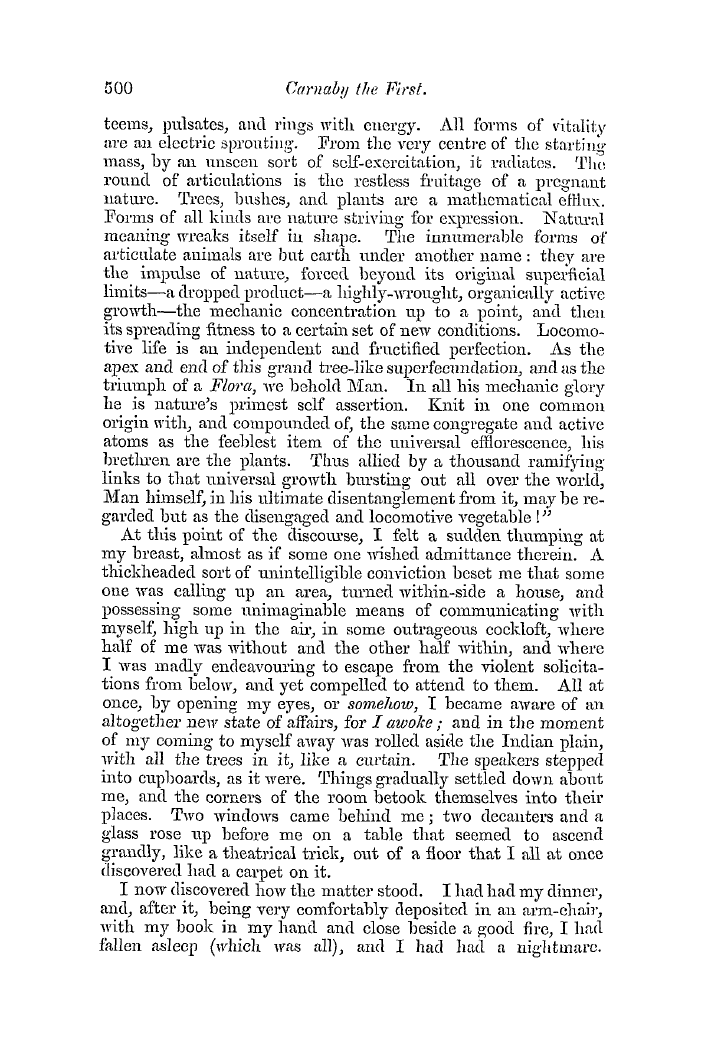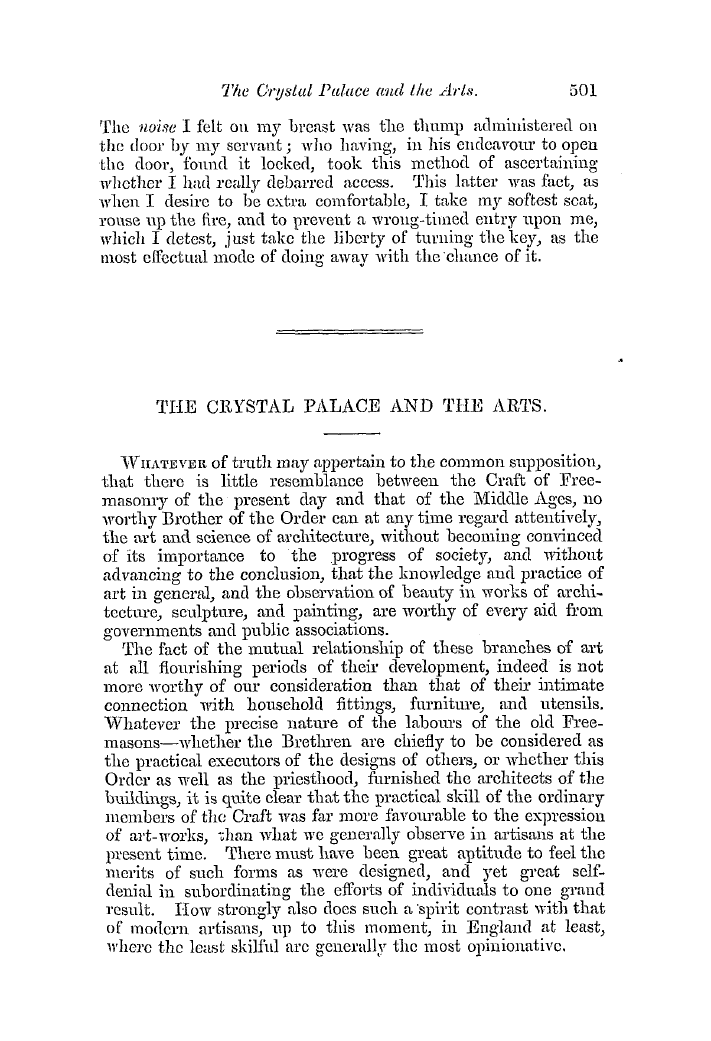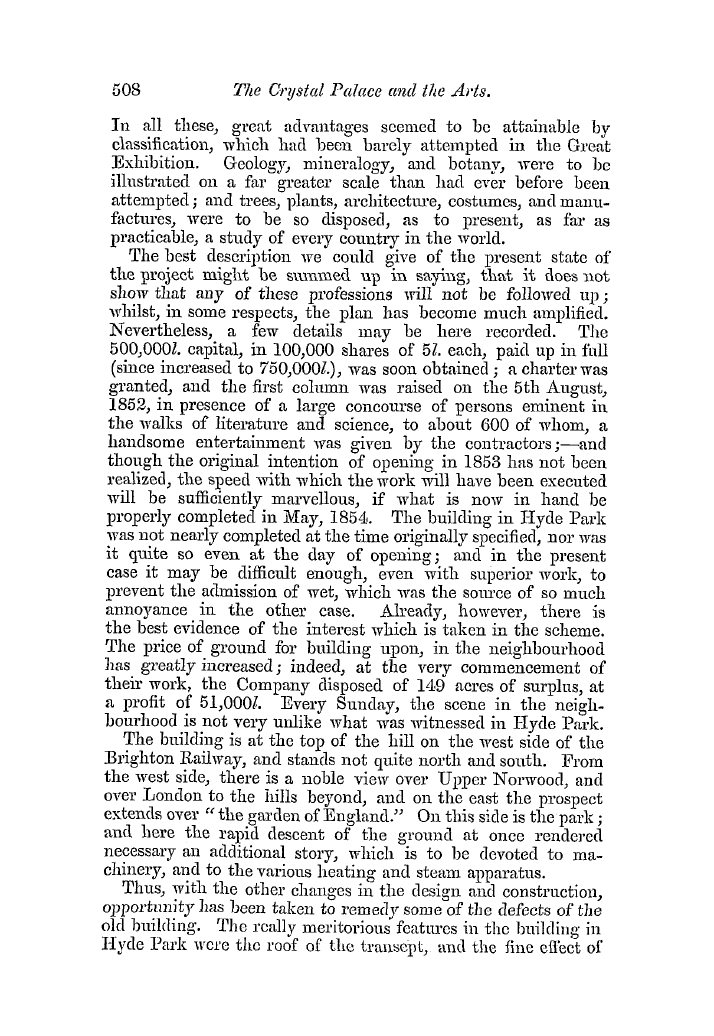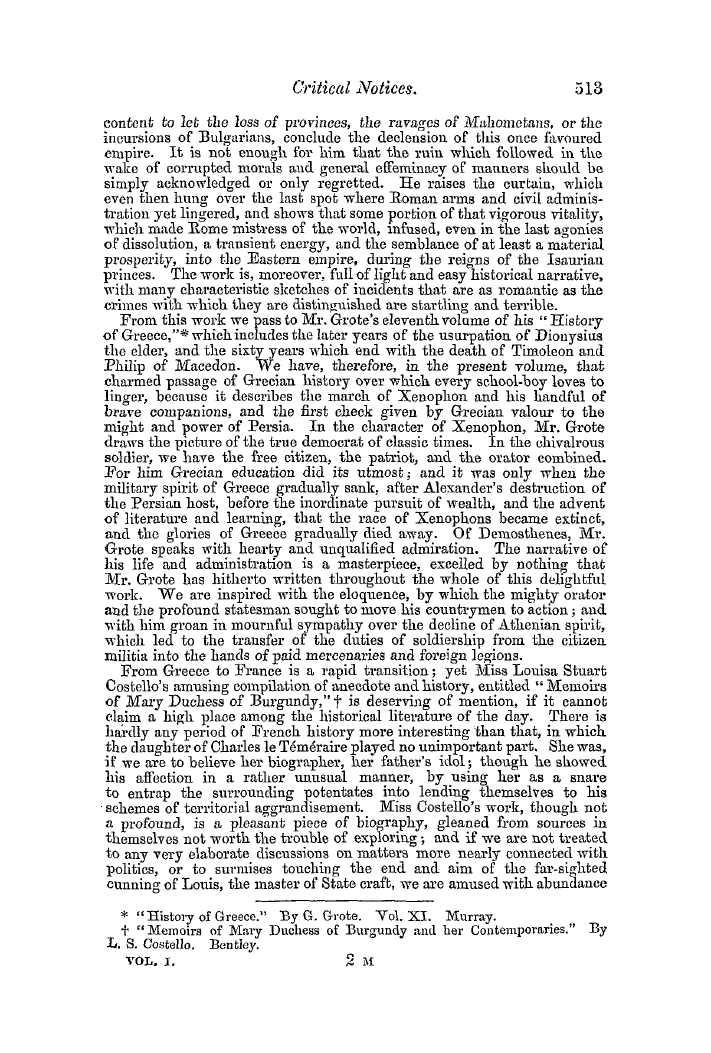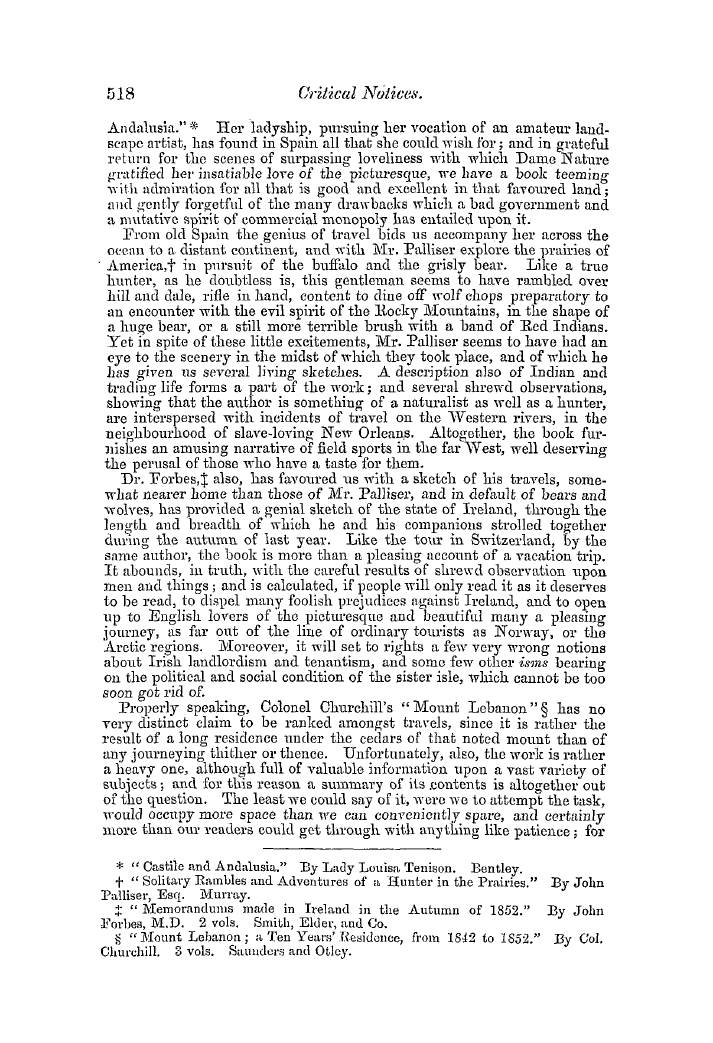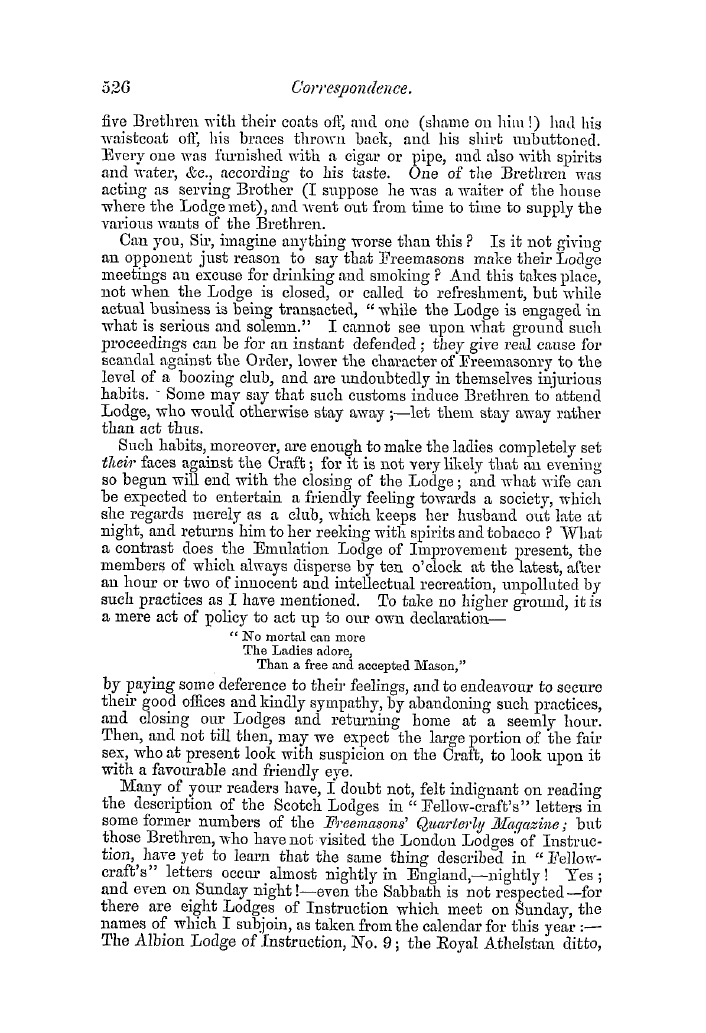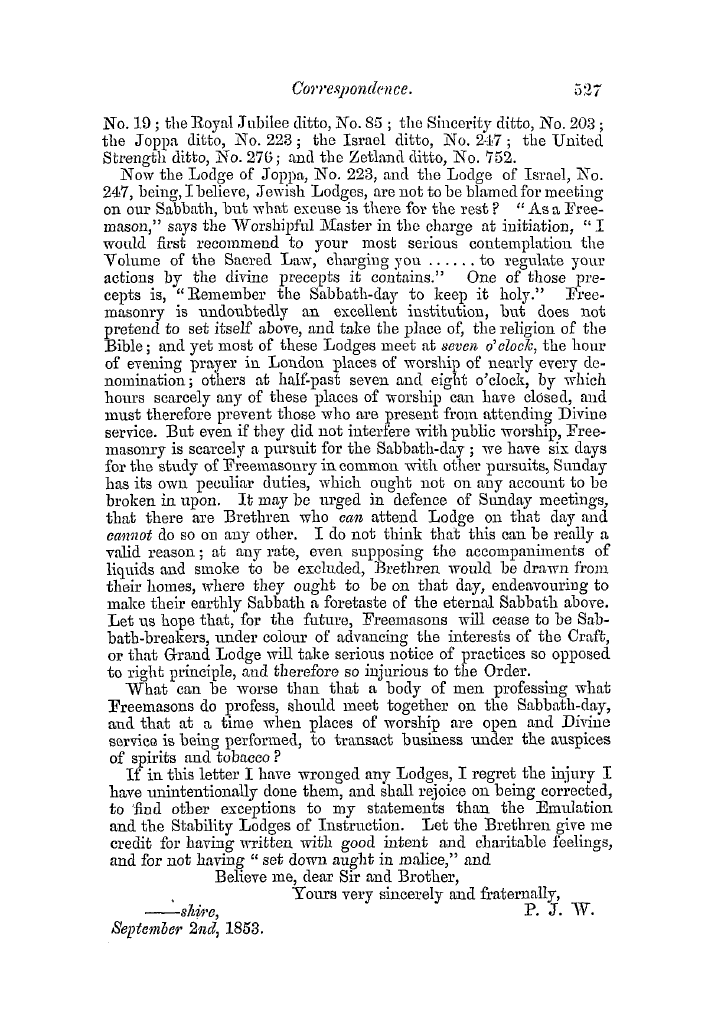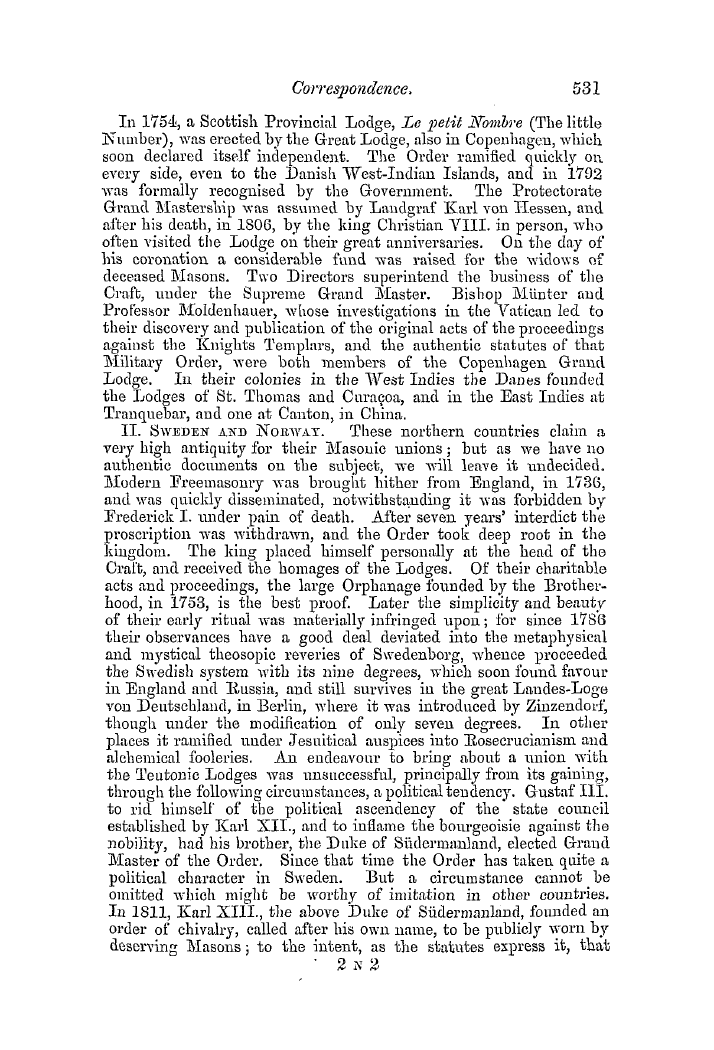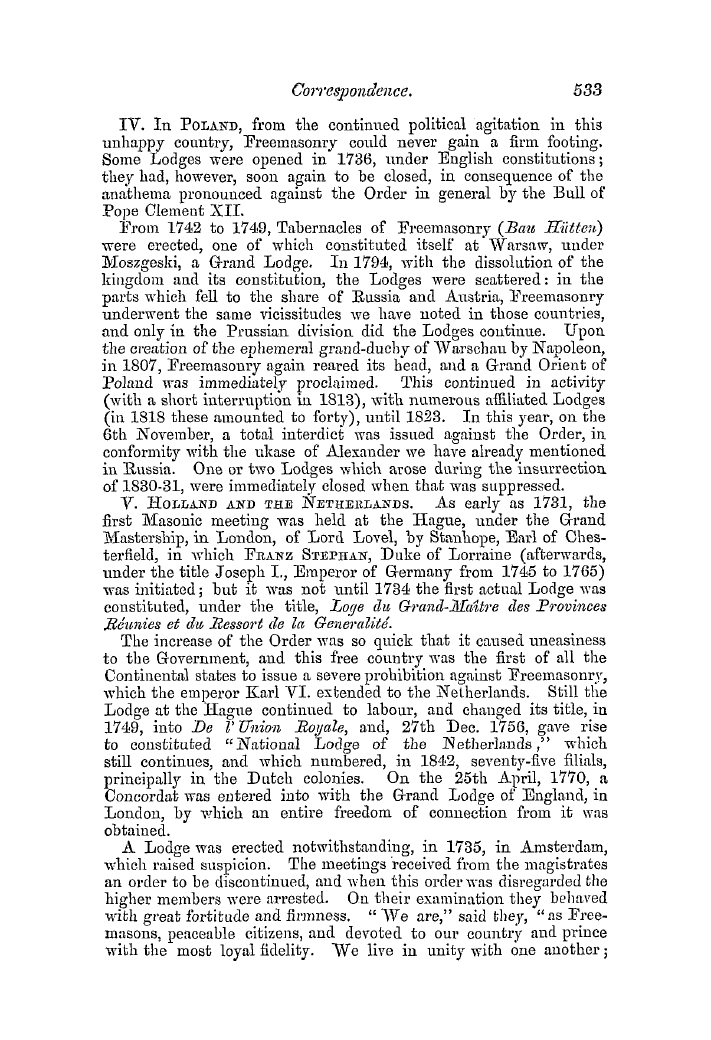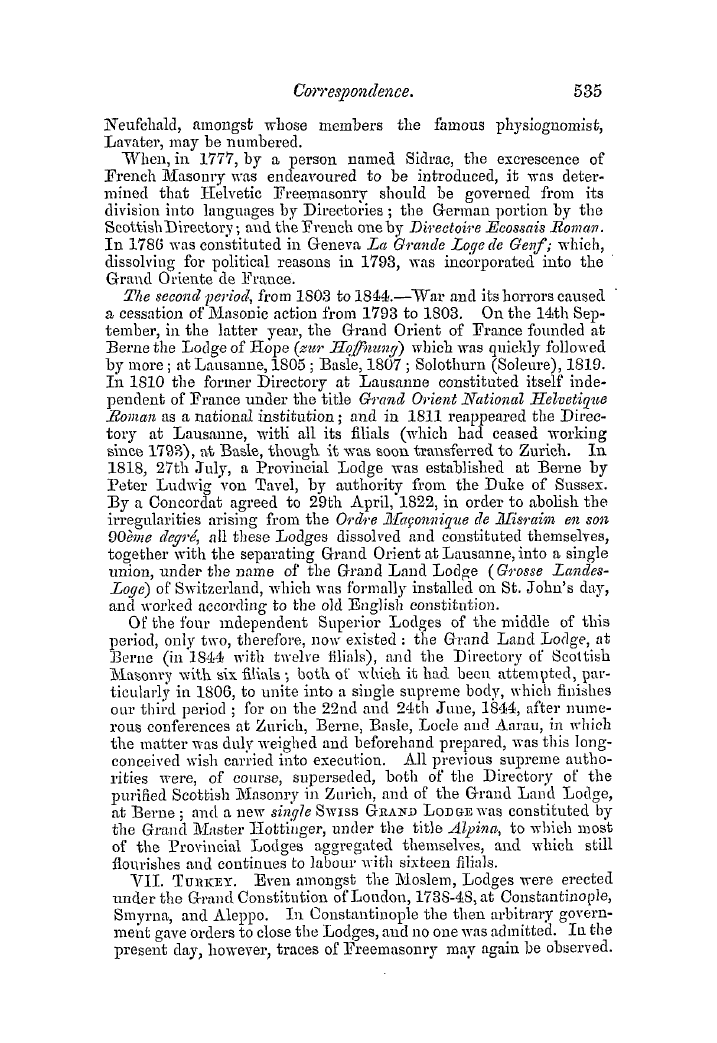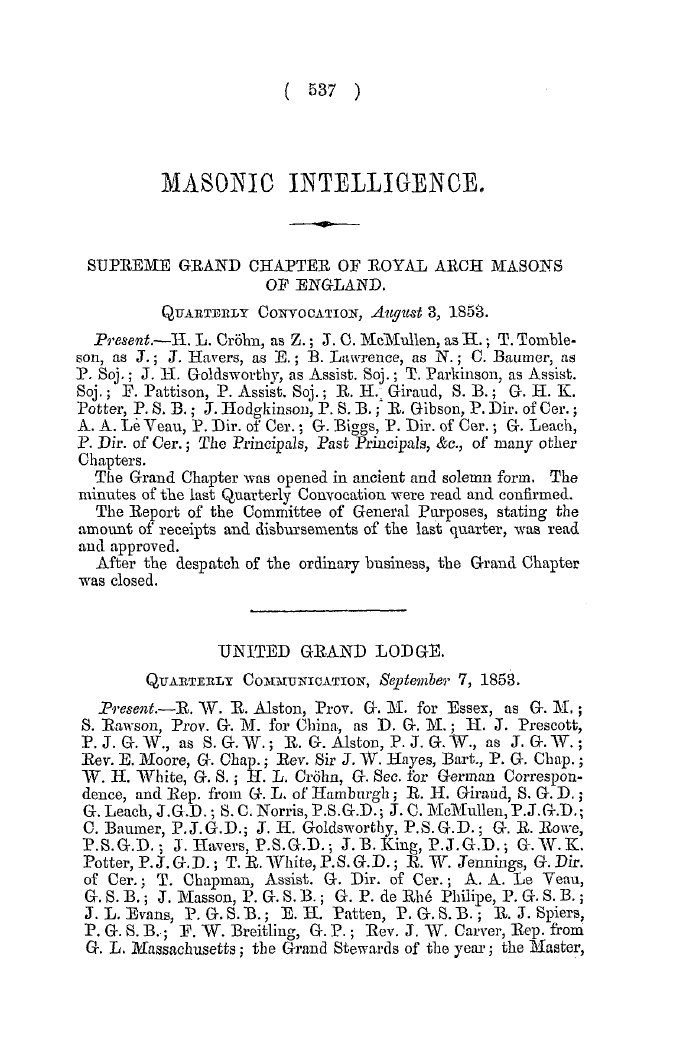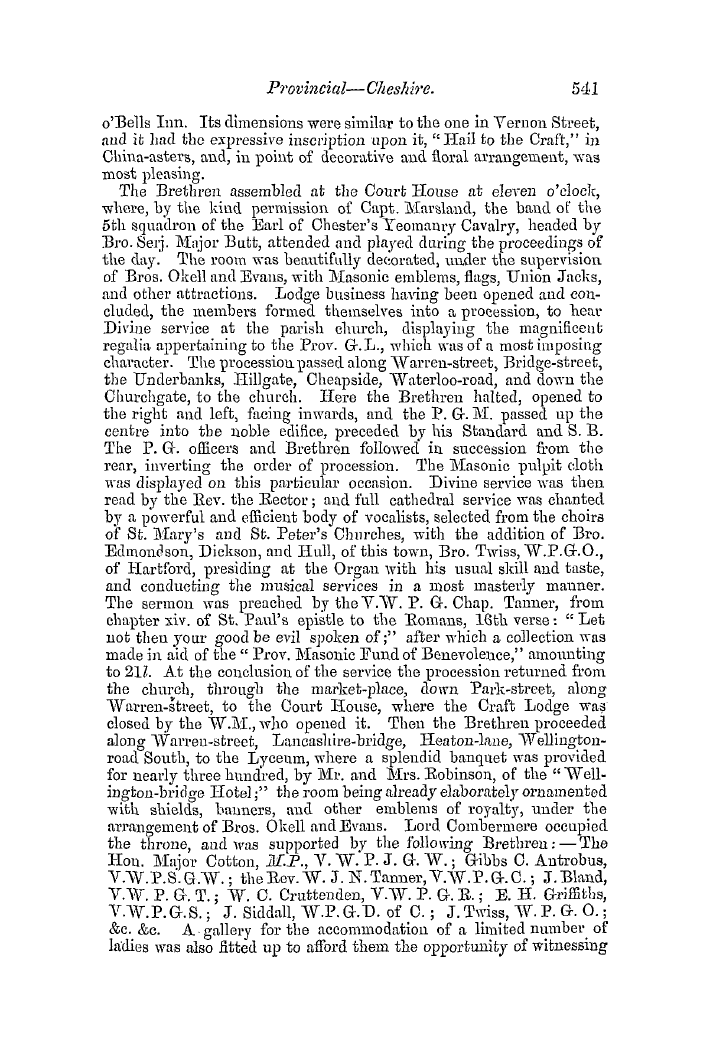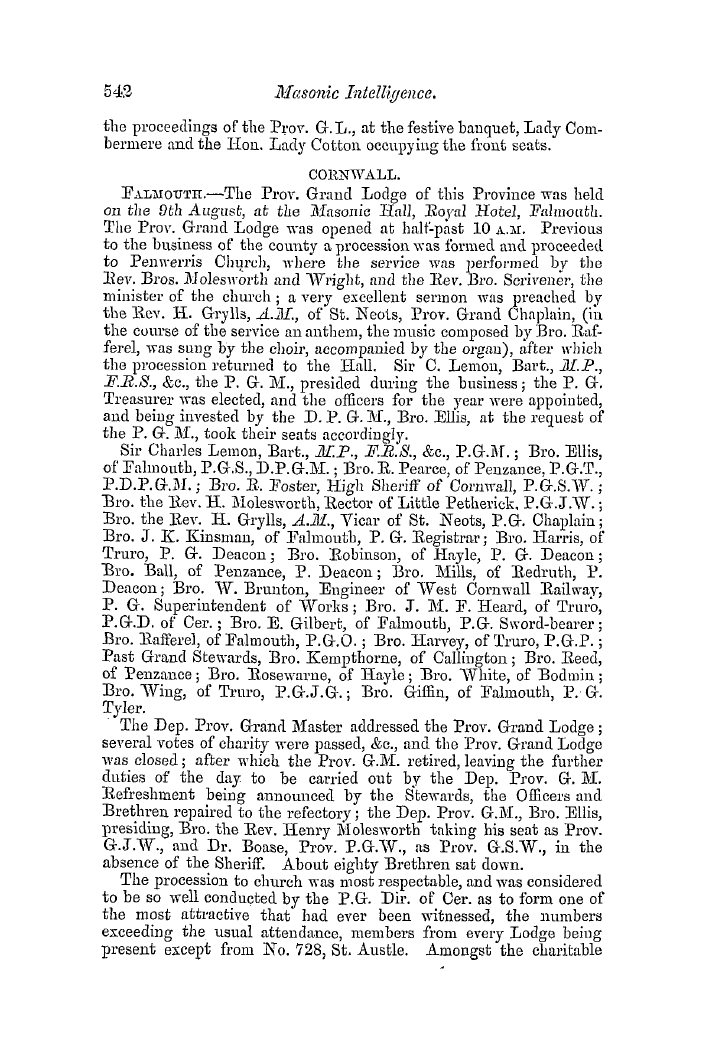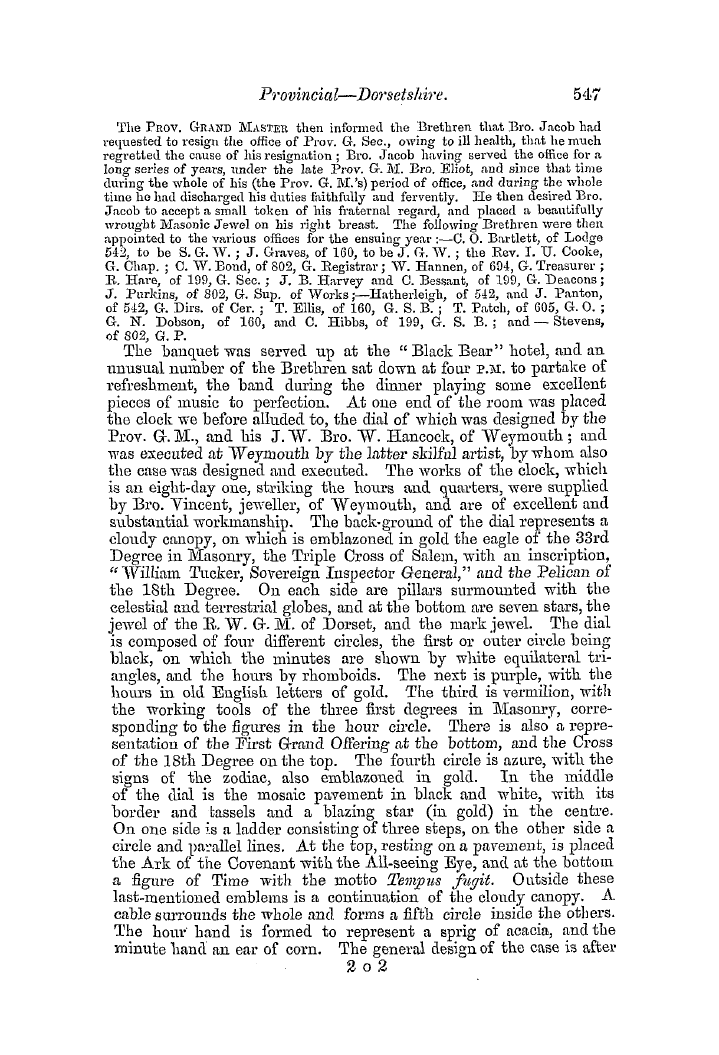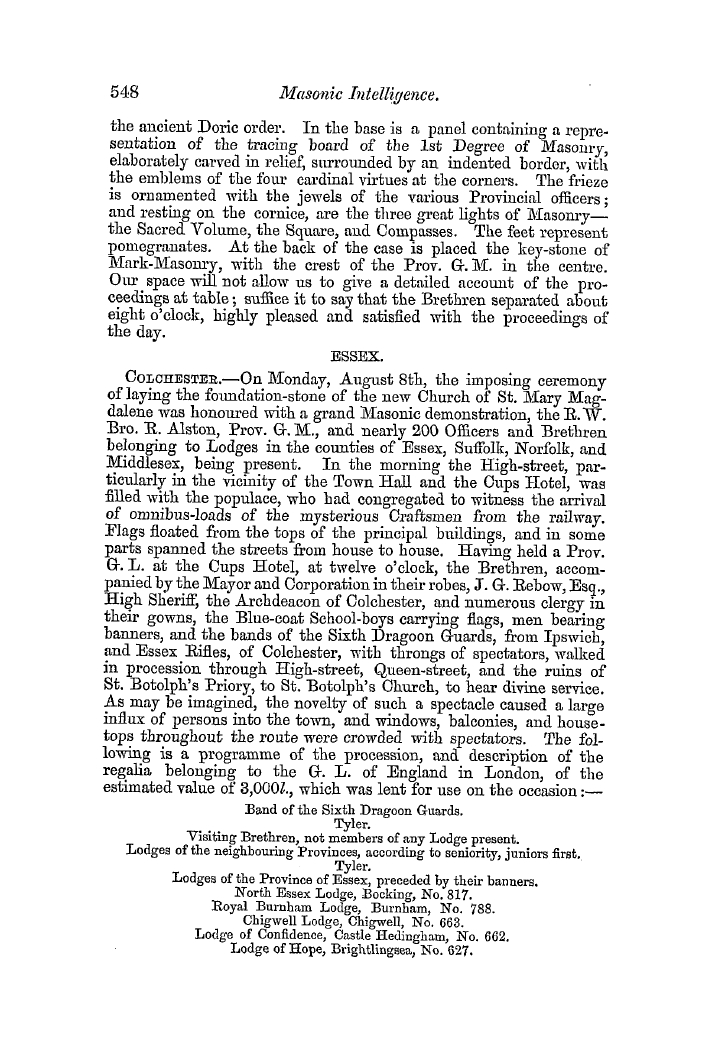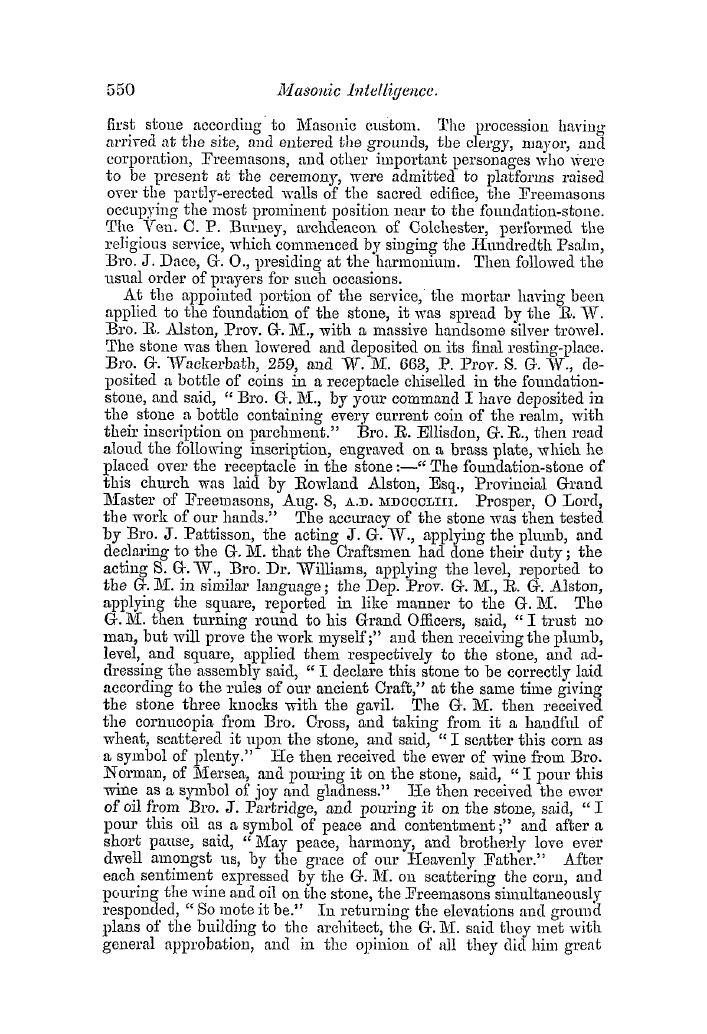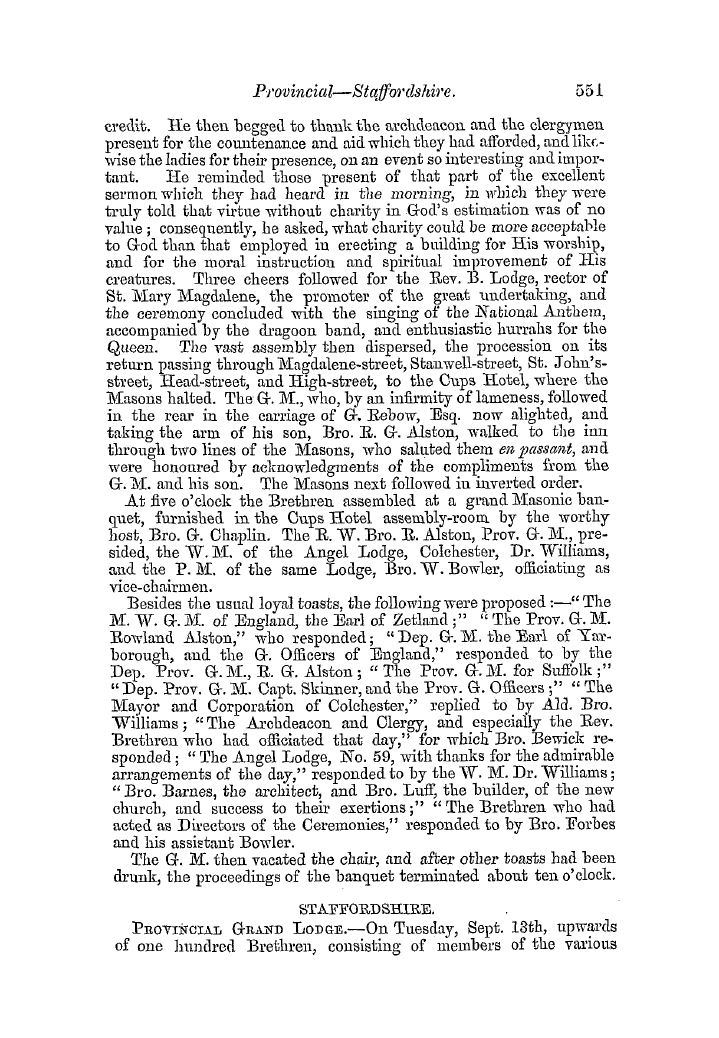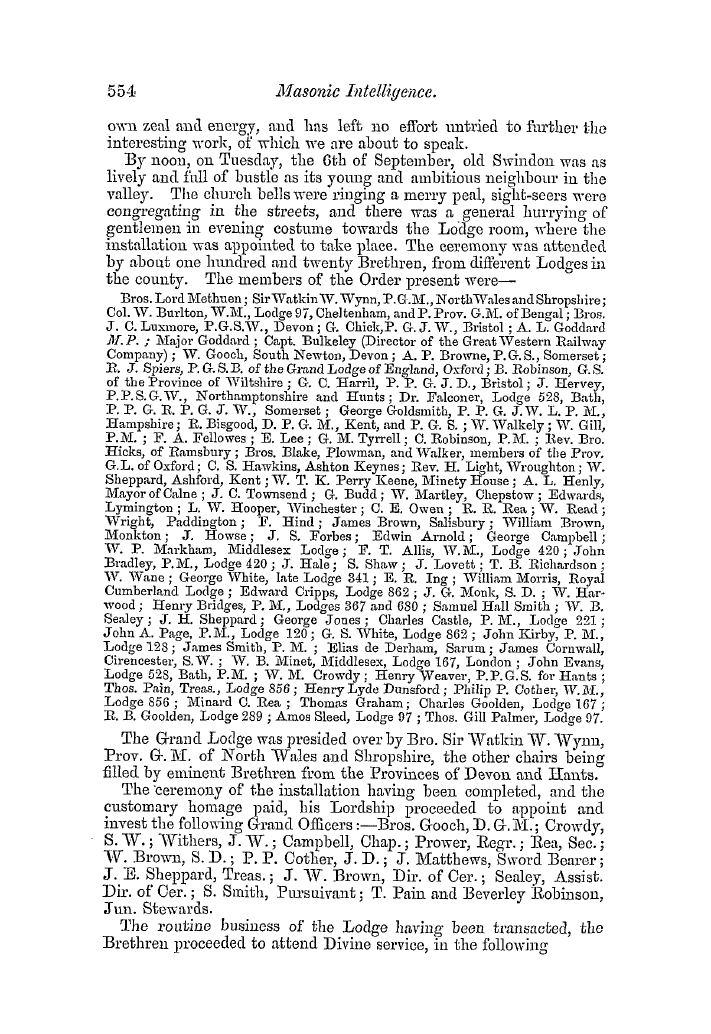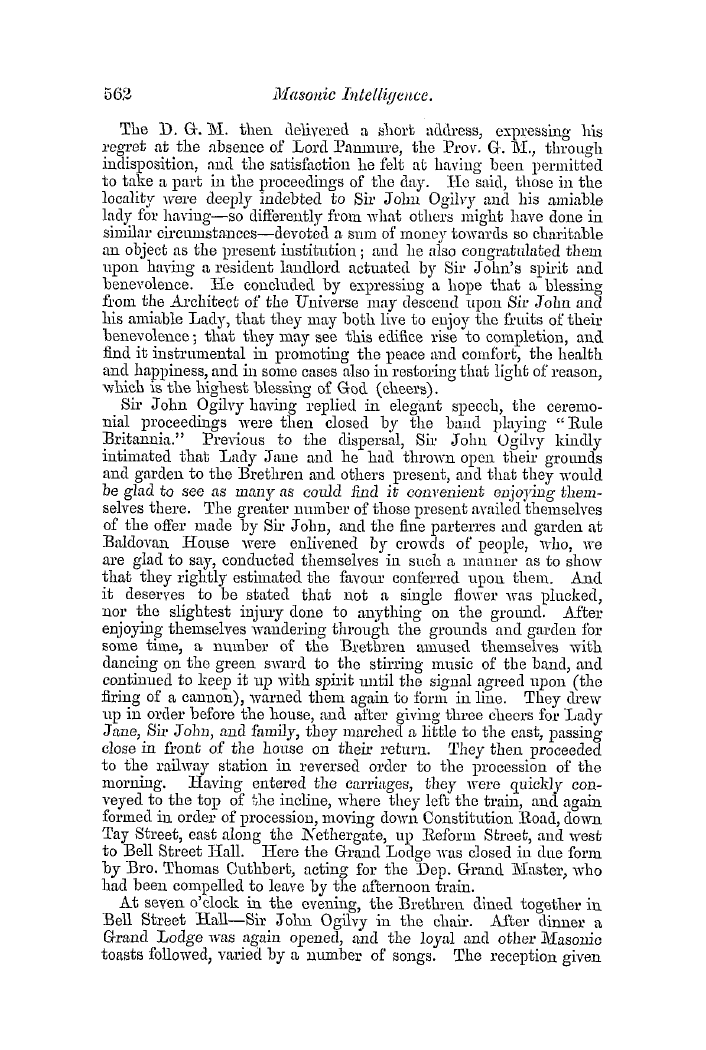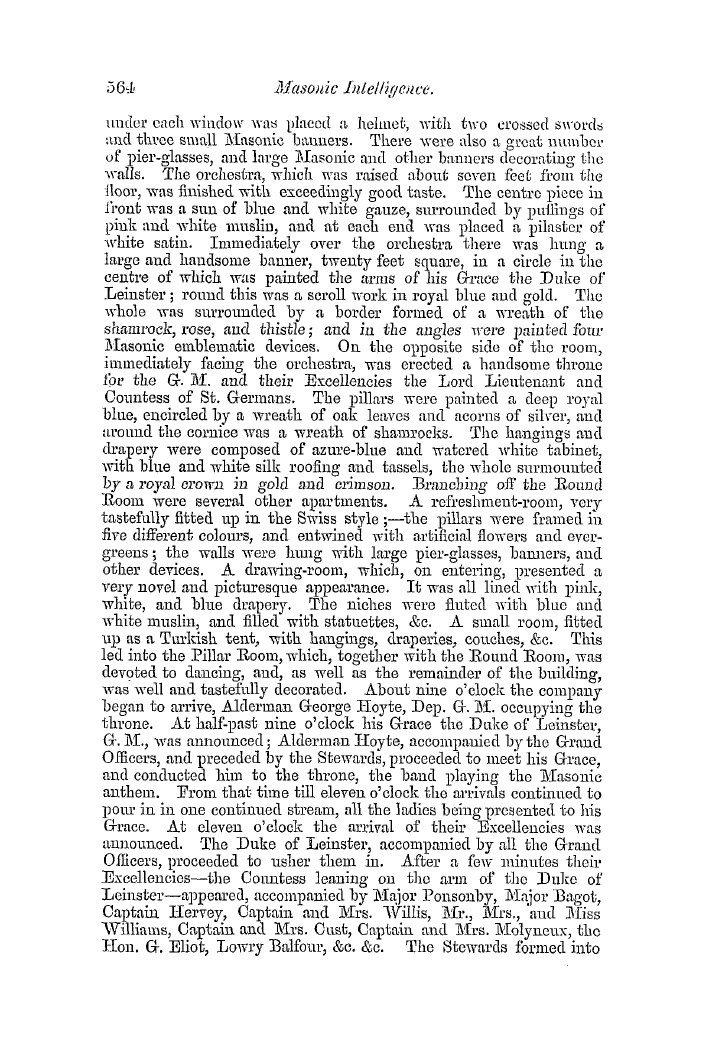-
Articles/Ads
Article A CENTURY OF FREEMASONRY. ← Page 7 of 10 →
Note: This text has been automatically extracted via Optical Character Recognition (OCR) software.
A Century Of Freemasonry.
other Masonic insignia m confectionary , Avere permitted to be served * at the dessert . All the guests , both male and female , Avere disguised . Music , the table , dancing , play , all formed parts of the entertainments of the evening . Indeed , a crowned head was even expected ; but , as is usual , the croAvned head staid away .
Rumours of the independence of French Masonry noAv begin to assail our ears ; Ave find continued accounts ( authentic , perhaps , ) of negotiations between the French Lodges and the Grand Lodge in London . We find ( in 1738 ) a French Grand Master for the Province , probably chosen in contradiction to the king's edict : and Anderson , in his " Book of Constitutions , "
has a passage , Avritten before the election of the Duke d'Antin , which contains Avithin itself a dark hint or two as to the course of coming events ; nor , perhaps , was Anderson unacquainted with the facts relatiA'e to a reputed deputation from the French Lodges to the London Grand Lodge ( alluded to just UOAV ) , Avhich is said to have proceeded to London on the 24 th of June , 1735 , to propose the formation of a Grand Lodge of France . " Under any circumstances , " as Kloss Avell remarks , " Anderson ' s
observations bears Avitness that the link betAveen the mother in England and the daughter in France must have been very slight ( h ' dchst locker gewesen seyn miisse ); " yet , on the other hand , the link is confirmed by the discovery of Herault as to the similarity in the ivork . An interesting historical document , which offers a livel y
p icture of the state of the Masonic institution at this time , I shall translate entire from the pages of Kloss f : — "The General Grand Master of the Freemasons resides in London , where the society has perfect and free liberty . The nobility of England , Scotland , and Ireland , consider it a great honour to be admitted and initiated into it . In London there are more than sixty Lodges , and in England there is no considerable city that does not contain two or three . ~
When the first edition of this work was printed in 1739 , J the Earl of Carnarvon ( installed 27 th April , 1738 ) was Grand Master , the Prince of Wales Master Mason . Several lords , earls , and peers of England are also Master Masons . Several English archbishops and bishops are also Master Masons . "At Paris there are several Lodges . The Duke D'Antin is Grand Master in France ; the Duke of Yilleroy , former Grand Master , head of a Lodge ; Comte de Mailly also chief of a Lodge ; several gentlemen Master Freemasons . Several other Lodges are found about different
Note: This text has been automatically extracted via Optical Character Recognition (OCR) software.
A Century Of Freemasonry.
other Masonic insignia m confectionary , Avere permitted to be served * at the dessert . All the guests , both male and female , Avere disguised . Music , the table , dancing , play , all formed parts of the entertainments of the evening . Indeed , a crowned head was even expected ; but , as is usual , the croAvned head staid away .
Rumours of the independence of French Masonry noAv begin to assail our ears ; Ave find continued accounts ( authentic , perhaps , ) of negotiations between the French Lodges and the Grand Lodge in London . We find ( in 1738 ) a French Grand Master for the Province , probably chosen in contradiction to the king's edict : and Anderson , in his " Book of Constitutions , "
has a passage , Avritten before the election of the Duke d'Antin , which contains Avithin itself a dark hint or two as to the course of coming events ; nor , perhaps , was Anderson unacquainted with the facts relatiA'e to a reputed deputation from the French Lodges to the London Grand Lodge ( alluded to just UOAV ) , Avhich is said to have proceeded to London on the 24 th of June , 1735 , to propose the formation of a Grand Lodge of France . " Under any circumstances , " as Kloss Avell remarks , " Anderson ' s
observations bears Avitness that the link betAveen the mother in England and the daughter in France must have been very slight ( h ' dchst locker gewesen seyn miisse ); " yet , on the other hand , the link is confirmed by the discovery of Herault as to the similarity in the ivork . An interesting historical document , which offers a livel y
p icture of the state of the Masonic institution at this time , I shall translate entire from the pages of Kloss f : — "The General Grand Master of the Freemasons resides in London , where the society has perfect and free liberty . The nobility of England , Scotland , and Ireland , consider it a great honour to be admitted and initiated into it . In London there are more than sixty Lodges , and in England there is no considerable city that does not contain two or three . ~
When the first edition of this work was printed in 1739 , J the Earl of Carnarvon ( installed 27 th April , 1738 ) was Grand Master , the Prince of Wales Master Mason . Several lords , earls , and peers of England are also Master Masons . Several English archbishops and bishops are also Master Masons . "At Paris there are several Lodges . The Duke D'Antin is Grand Master in France ; the Duke of Yilleroy , former Grand Master , head of a Lodge ; Comte de Mailly also chief of a Lodge ; several gentlemen Master Freemasons . Several other Lodges are found about different































































